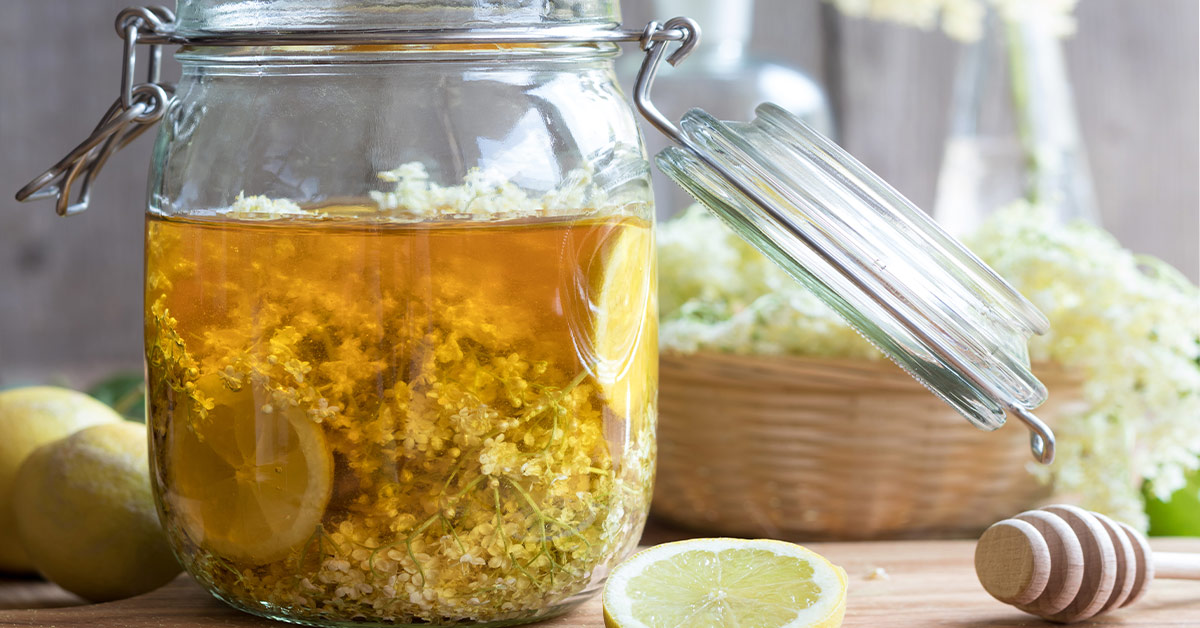WHAT HAPPENS TO OUR BODY WHEN WE CONSUME PROTEIN
The health benefits of it!

Elderberry is a deciduous shrub known since antiquity for its medicinal properties. Also called "Zamboukos" or "Samboukos" in Greek, it has long held a prominent place in the field of herbal medicine.
Hippocrates recommended its leaves for relieving pain caused by gout, arthritis, and hemorrhoids. Dioscorides noted that teas or extracts made from its leaves were used to reduce phlegm. Its scientific name is Sambucus nigra, and in Greece, it’s also known by several other names, including “Koufoxyliá,” “Afroxyliá,” and “Zamboukos o mavros” (Black Elder).
The therapeutic parts of the plant include the leaves, flowers, berries, and bark. The berries are dark purple to black and resemble small blackberries.
The Sambucus genus is widespread, with various species found throughout Africa, Europe, and the Americas. A unique variety, Sambucus palmensis, is native only to the Canary Islands.
This plant is deeply rooted in tradition. In the 9th century, Charlemagne is said to have declared it a "universal remedy" and promoted its cultivation widely. Elderberry has been traditionally used to support a strong and balanced immune response, especially in regulating body temperature.
Its berries are now among the most popular herbal remedies, a popularity that has surged in recent years.
Elderberry is a diaphoretic, which means it promotes sweating by opening up the pores. This is especially helpful for people who struggle to mount an effective immune response. Its sweating, inducing nature also supports skin health.
Black elderberry is especially known for its healing properties when used alongside other remedies to combat illness. It is high in vitamin C, which strengthens immune function, which is why it is often recommended in the form of tea when you have a cold.
Due to its high anthocyanin content, the compounds that give the berries their deep purple color, elderberry is linked to reduced inflammation and antiviral effects, making it especially effective against the flu.
In addition to supporting the immune system, it may help relieve stress, headaches, and pain, as it appears to block the production of nitric oxide, which plays a role in swelling and inflammation.
Elderberries can be turned into wine, jam, juice, syrup, or extracts for supplements. Traditionally, they were used to enhance the flavor and color of other foods and drinks.
Ancient herbalists considered elderberry a "farmer’s medicine" because of its widespread availability and powerful effects.
Traditional uses of elderberry include:
Supporting healthy gastrointestinal function
Promoting a healthy body temperature
Encouraging sweating during immune responses
Helping the body stay resilient during cold winter months
Elderberries are richer in flavonols than blueberries, cranberries, or goji berries. They contain antioxidant vitamins A, C, and B-complex vitamins, and are particularly rich in amino acids, flavonoids, carotenoids, and tannins.
Elderberry extracts have been shown to regulate the production of nitric oxide in cells and to activate immune cells like macrophages.
Taking elderberry at the first signs of a cold or flu can help speed up recovery, reduce inflammation of the upper respiratory tract, and alleviate symptoms.
It is beneficial for fighting colds, treating sinus infections, and relieving respiratory congestion by boosting the body’s natural sweating response. It can also be used alongside antibiotic treatments.